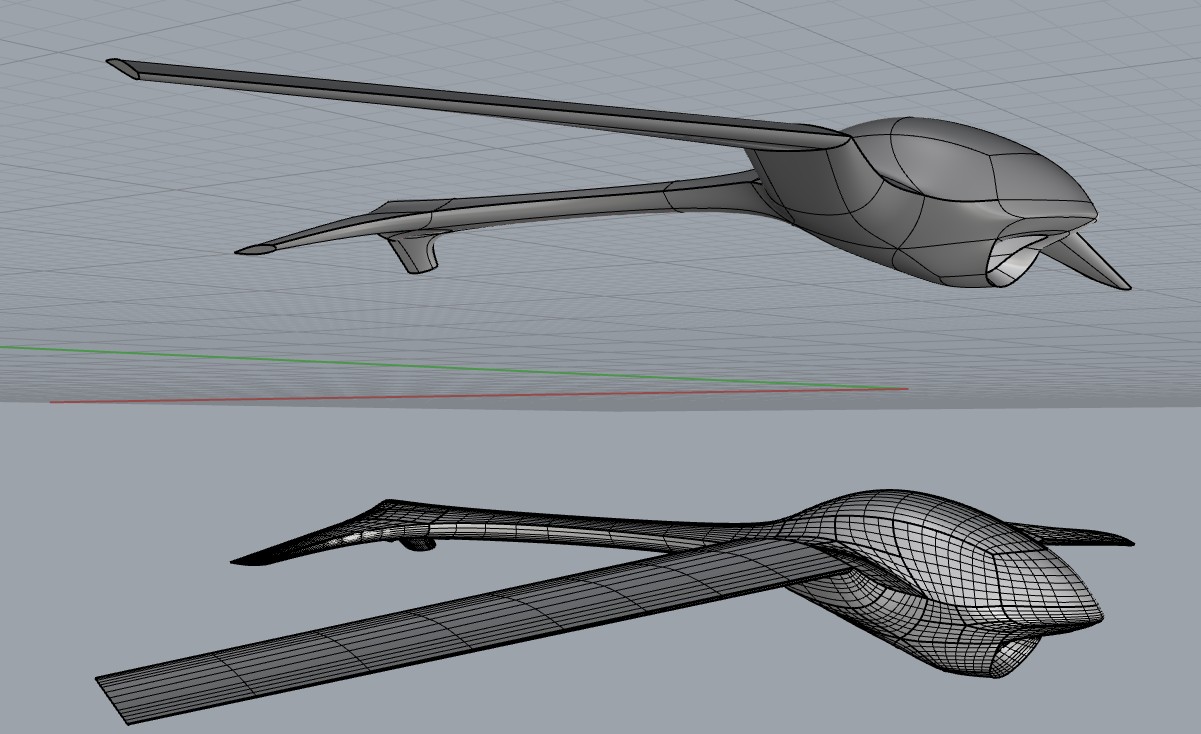

Subdivision modeling tools have been in Siemens NX for some time, and are now in Autodesk Fusion 360, and are coming in Rhino 7.

A lot of types of data that have been misfits and off limits to us as engineering CAD users are quickly becoming required reading. You almost need to specialize to be able to afford stuff like that. Geomagic is the one tool that serious engineers can use to manipulate point-based data, and that’s expensive – like used car kind of expensive. I think mostly we scoffed because we couldn’t use that type of data in our work, and because we didn’t have the tools to work with it. Exactly the opposite of most of what we do. The characters wind up in games and movies, and in the imaginations of weekend CGI artists.ĬAD users have scoffed at that type of data because it is cheap, fast, organic-looking, and worst of all imprecise. All of those animated characters have a similar roundy bulbous look because they are made with the same tools and techniques. SubD has traditionally been the domain of applications like 3dsMax, Maya, Blender, Cinema4D, Zbrush, Mudbox, modo, etc. The Pixar engine drives most subd modelers

It’s kind of like a 3D equivalent of a spline, where you move control points. You can tug and pull on the cage to change the shape of the surface. SubD, or sub division modeling, is a set of surfaces based on a cage of points. It’s like 3D CAD challenging 2D CAD in the mid 1990s. The more recent explosion of 3D scan and 3D print really pushes this data type right up in your face. Fusion 360 uses Tsplines for organic designĪs far as engineers would get involved would be a mesh in FEA or the export of an STL file – a set of points connected by lines to make polygonal shapes, tetrahedrals or quadrahedrals. They took another shot at it pre-2010 with better success, but it was still not really ready for prime time. The fact that it was so slow and you really couldn’t do much with it probably set back augmented reality by years. I remember back in the late 90s when the first push for VRML was such a huge disappointment. As CAD users we have been conditioned to recoil in horror whenever confronted with incoming data like STL, OBJ, XYZ, or a number of other types. I’ve been writing a little series of articles on various types of non-NURBS CAD data over on and.


 0 kommentar(er)
0 kommentar(er)
